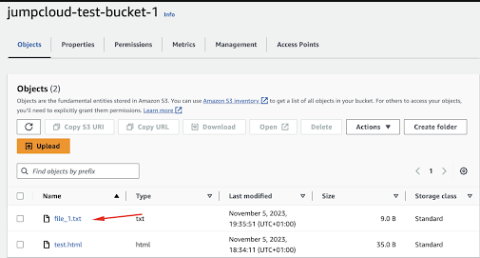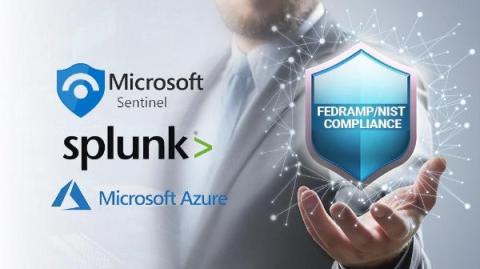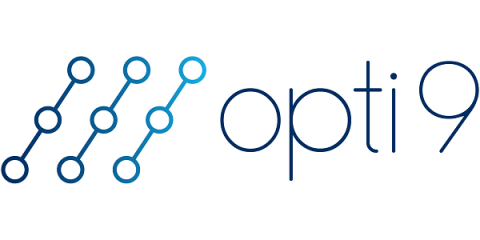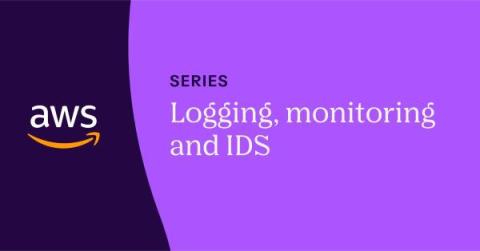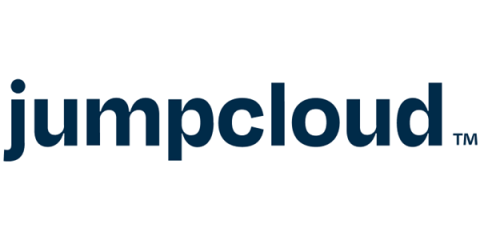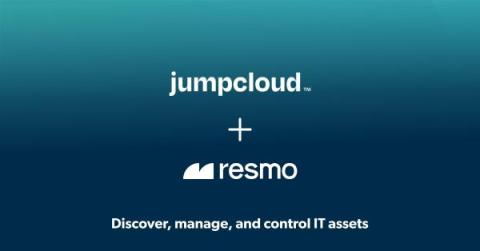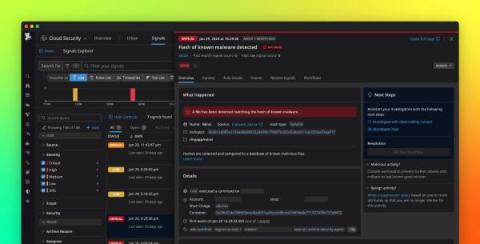Top 3 Multi-Cloud Kubernetes Backup Challenges
In the rapidly evolving digital landscape, organizations are increasingly relying on Kubernetes and cloud environments to drive agility, scalability, and innovation. However, this shift has introduced complex challenges in Kubernetes backup and disaster recovery, especially when managing resources across multi-cloud and on-premises environments.



